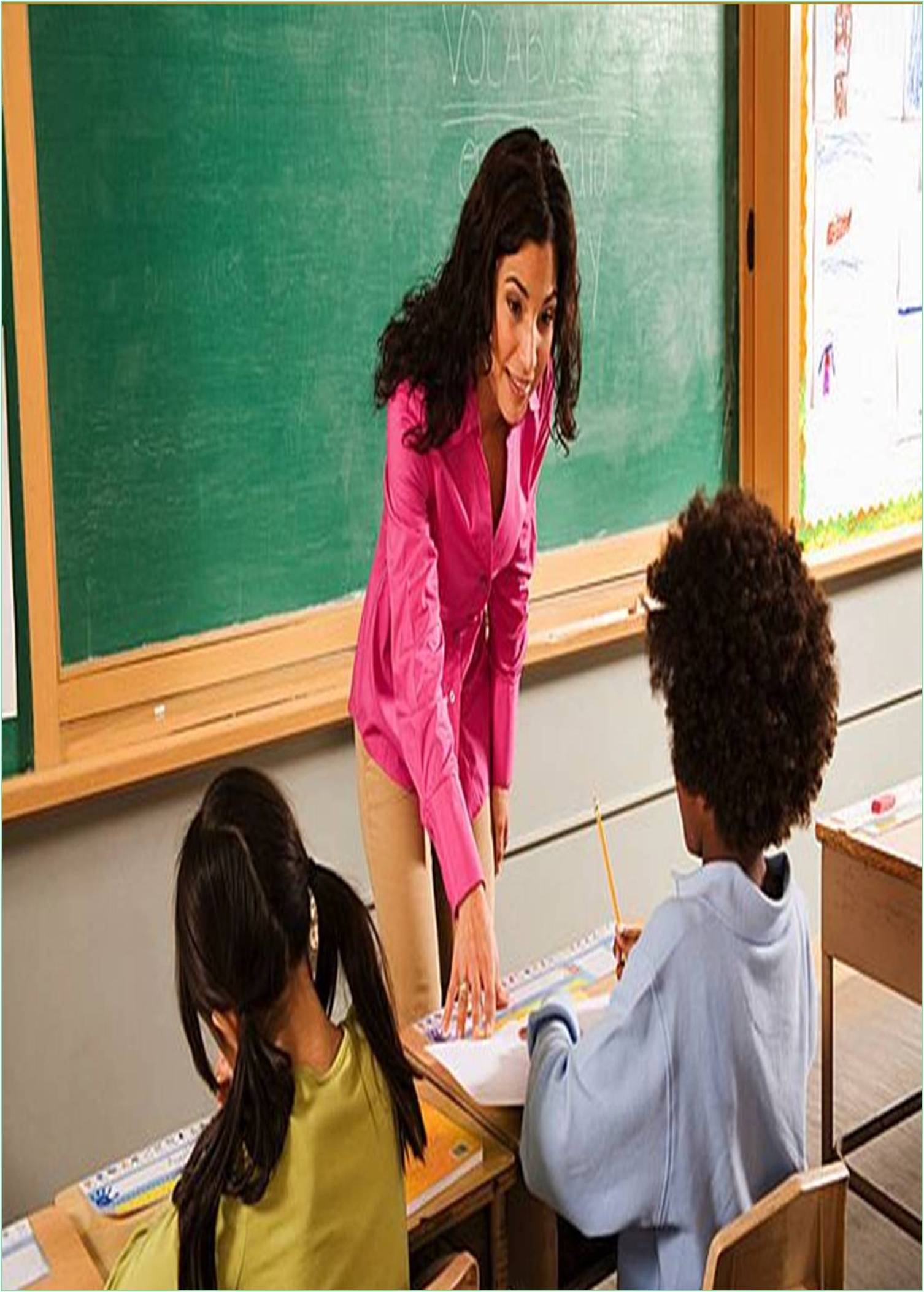



Received: 01-Jul-2022, Manuscript No. GJTE-22-71710; Editor assigned: 04-Jul-2022, Pre QC No. GJTE-22-71710 (PQ); Reviewed: 21-Jul-2022, QC No. GJTE-22-71710; Revised: 29-Jul-2022, Manuscript No. GJTE-22-71710 (R); Published: 05-Aug-2022, DOI: 10.15651/GJTE.22.10.026
A model of education known as "brain-based learning" looks at student learning and learning outcomes from the perspective of the human brain. It involves specialised learning techniques that are created based on how human attention, memory, motivation, and the acquisition of conceptual information function. Learning and teaching strategies that use the brain can maximise learning overall. The key components of teaching and learning become how pupils are motivated, how attention works, how memories are formed, how information is presented, etc.
Students learning outcomes are better when they are physically active and engaged. This calls for more than just a walk between courses or a noon break. For instance, allowing students to take short breaks to go for walks throughout class or during the day helps students stay alert, focus, and better prepares them to remember material.
Students are more ready to learn and think critically when they are joyful. One strategy to boost student self-esteem is for the teacher to give positive feedback. Students can benefit from one another's knowledge by working in teams with their classmates. This aids in their retention of information that the teacher may not have intended for students to accept or understand. Students learn more effectively when they impart knowledge to their peers. Small groups may work on this or presentations may be used.
Students are more ready to learn and think critically when they are joyful. One strategy to boost student self-esteem is for the teacher to give positive feedback. Students can benefit from one another's knowledge by working in teams with their classmates. This aids in their retention of information that the teacher may not have intended for students to accept or understand. Students learn more effectively when they impart knowledge to their peers. Small groups may work on this or presentations may be used.
By choosing a curriculum and method of delivery for each group of students based on the science of learning, brainbased education strives to enhance and hasten the learning process. In using this approach, educators must disregard long-standing norms. Additionally, they need to let go of preconceived notions about how people learn and old habits. Instead, they must draw inspiration for their upcoming course delivery from the most recent advancements in cognitive research.
It was long believed that intellect is fixed and largely constant during the course of a person's life. Recent research has shown that learning causes physical changes in the brain. It becomes easier over time for someone to continue developing specific skills when they put such skills into practise. Learning has been shown to enhance brain function, working intelligence, and resilience. There is a lot of potential in this finding for educational institutions and teachers worldwide.
Stress has a big impact on learning, memory, behaviour, and creativity. Positive classroom environments are more likely to be experienced by teachers who consciously control stress elements (intentionally lower or enhance stress in the classroom). Stretching exercises, recess, teaching coping mechanisms, and physical activity are just a few strategies for reducing stress in the classroom.
Low to moderate glucose levels improve memory formation in students. Teachers might adjust their instructional practices so that pupils can more effectively maintain moderate glucose levels because meals, evoking strong emotions and physical activity can all increase glucose levels. Students who use this technique may develop stronger memory.
Modeling tasks after difficulties students encounter in real-world situations is another use. For instance, a shopping activity can be put up to teach about percentages. Each item might be on sale, and the student may be required to figure out the sale price before receiving the item. This project can also be carried out in groups, but they will need to stick to a budget. This enables learners to move beyond the lecture and into real-world applications of the lesson, teaching them problem-solving and critical thinking in one exercise.